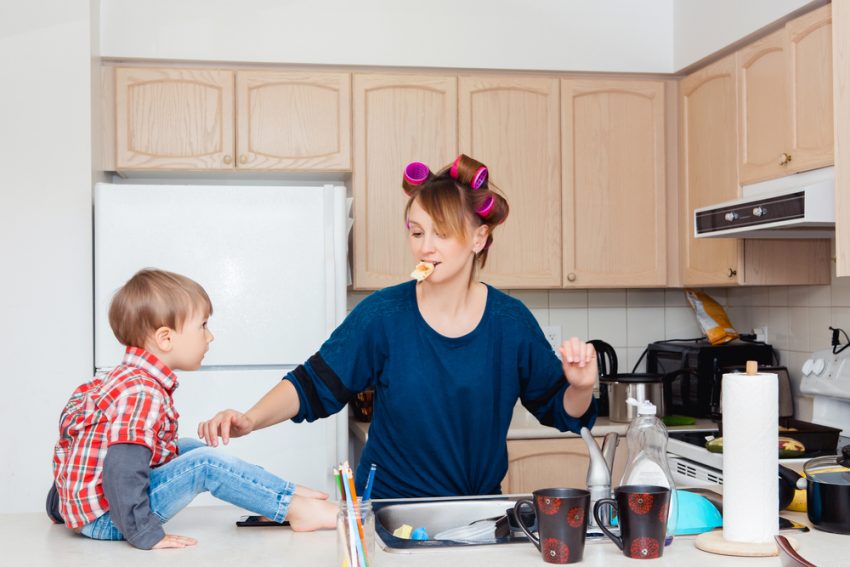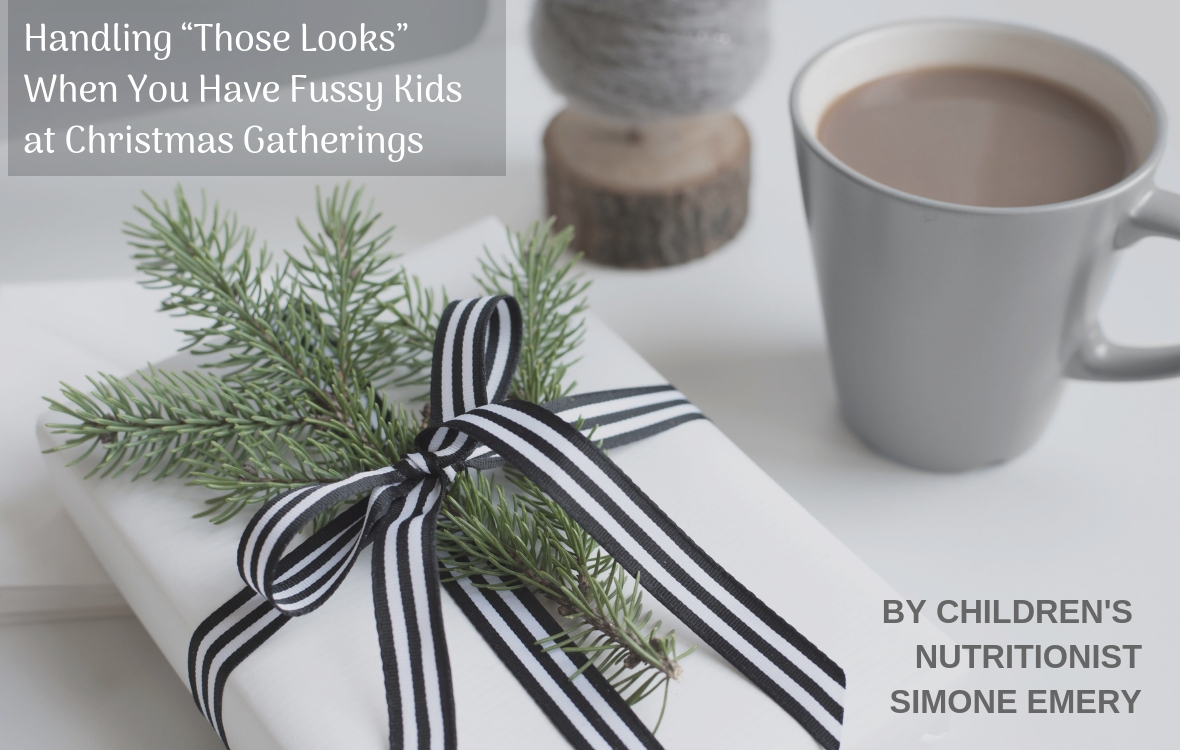Being a separated parent can be a challenge at the best of times. But what if you have escaped a violent relationship and have to continue having a co-parenting relationship with your abuser? Unfortunately, this is the reality for many victims of domestic violence. There are resources available to help protect you and your children.
Obtaining a Family Violence Order for yourself and your children is something you should consider, after getting advice from experts. Once an Order is in place, the Police generally will be more responsive, and if the Order is breached, your ex can be arrested and charged. However, sometimes an Order is not enough to keep an abuser away. As we have seen with the horrific murder of Queensland mother Hannah Clarke and her children, and previously with the murder of Canberra mother Tara Costigan, who both had Orders in place, sometimes that is not enough.
There have been a number of studies in recent years regarding the escalation of violence from an abuser. Some red flags that have been identified include if the violence has increased in frequency, if your abuser as ever used a weapon or threatened you with a weapon, if your abuser has ever tried to choke you and if you abuser is violently and constantly jealous of you. If any of these red flags apply to you, it is important that you tell your advisors and support system.
Separating from an abuser can be a dangerous time. Having a plan in place as to how and when you leave is very important. Do not do it alone. Your safety, and the safety of your children is the priority.
State and Territory Domestic Violence support services and organisations such as 1800RESPECT can help you develop a safety plan, including things such as finding a safe place to stay for you, your children and your pets, developing electronic security when using devices and getting you the physical, emotional, financial and legal support, you need.
Once you have left, you need to find a safe way to communicate with you ex and develop some options that will help you parent with them going forward. One option is to engage a lawyer who will speak and correspond on your behalf. Another option is to use a post separation communication app. There are a number of products available (some free, some subscription) that allow you to have limited communication with the other parent. This can be a good option to keep a record of your communication (and can be used as evidence). It also allows you to set your own boundaries. For example, instead of receiving 10 text messages in a row at midnight, you might choose to check the app or website when the time is right for you, such as once a week.
Another good option is to suggest (through your lawyer or another third party) that your abuser participate in a Behaviour Change Program. These programs are offered by groups such as Relationships Australia and Everyman Australia and are aimed at having abusers take responsibility for their actions in the past, and develop new behaviours going forward. The idea is to create long lasting changes in attitudes and behaviour and to stop the cycle of violence.
Once you have your safety plan in place, going forward, there will need to be a plan for how (and if) your ex will have a relationship with the children. It is important that you put boundaries in place that are appropriate in your circumstances. In some cases, it may be that your ex should only spend time with the children if it is supervised. In other cases, it may not need to be supervised, but you may make arrangements for handovers via third parties so that you have no face-to-face contact with your ex.
Parenting with your abuser is not likely to be easy, but with the right boundaries and supports in place, it can be manageable.
You may also like to read:









